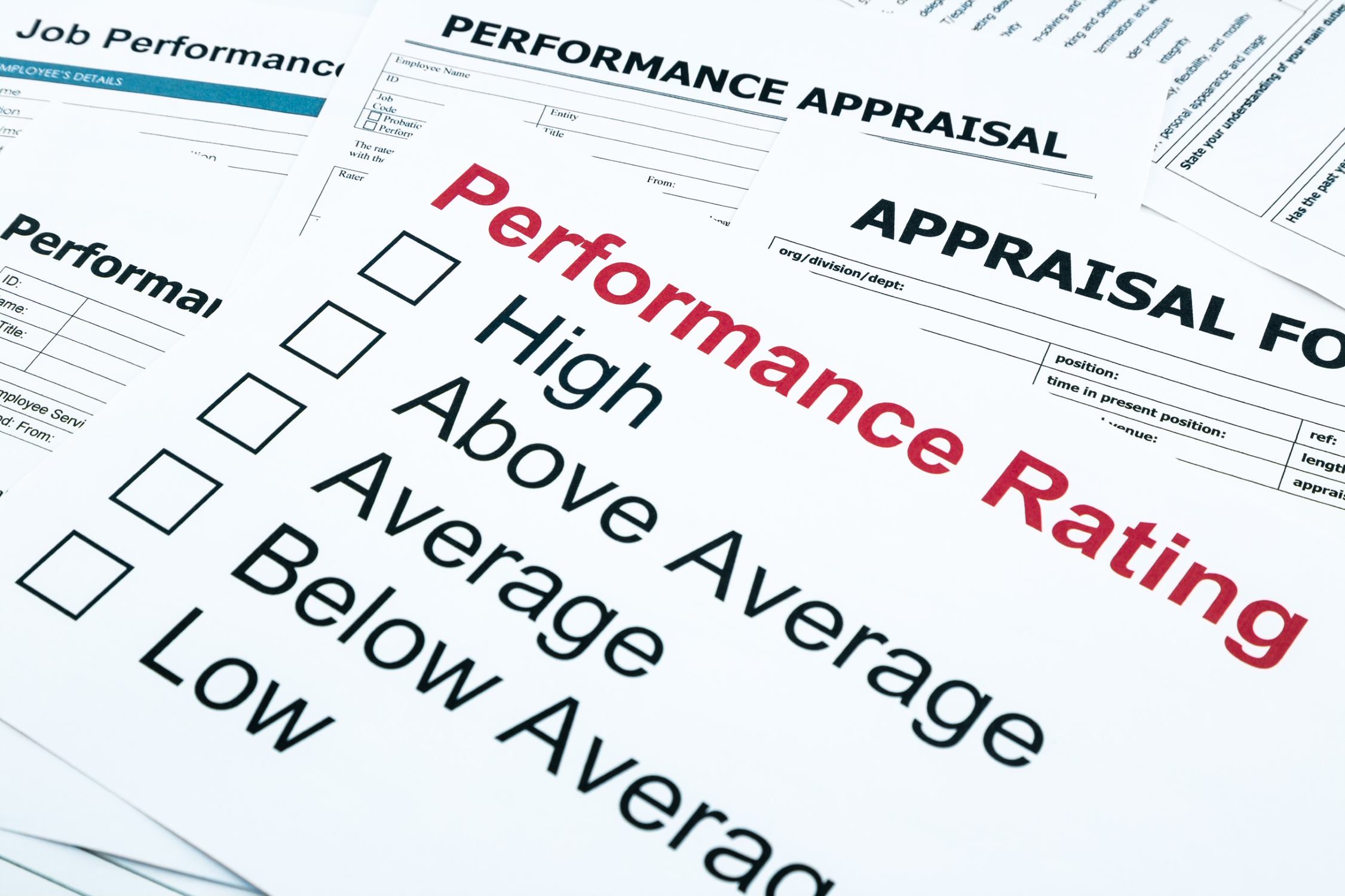Conducting Fair and Effective Performance Appraisals Remotely
Here are 3 considerations when evaluating your employees’ performance remotely.
28 Aug 2020 Articles Performance management Trending Best practices

Performance appraisals are an opportunity to evaluate your employee’s overall performance, identify their strengths and weaknesses, offer feedback, and set goals that contribute to the success of your business.
Yet physical distance, potential technology hiccups, communication barriers and other factors may make remote performance appraisals more cumbersome for many managers.
So how can you effectively evaluate your employees’ performance remotely? Did COVID-19 and circuit breaker restrictions impact your employees’ performance? And if so, how do you make sure your performance appraisal remains fair and effective given the circumstances?
Be Guided by the Same Principles of Fairness
Assessing employee performance might be more challenging this year, as changes in business priorities and personal circumstances may have affected employees’ ability to meet performance expectations. Even so, it is important that the same principles of fairness should guide your performance management process. Having a structured process where employees are assessed based on objective evaluation criteria ensures that they are evaluated fairly based on merit.
Although performance management relies heavily on a stipulated set of goals, organisational priorities may have changed during this period. Targets that were set last year before the COVID-19 crisis emerged may no longer be fully applicable and may be replaced by new targets.
Base your assessments on the quality of work, referring to goals and KPIs communicated at the start of the assessment period even before the circuit breaker, keeping in mind any modifications made during the remote work period. Consider your employee’s performance throughout the entire performance period, including acknowledging the efforts spent on projects and tasks that were adjusted due to changes in business priorities.
Be Aware of your Biases
Unmitigated biases can dilute the perception of objectivity and fairness when conducting the performance appraisal. Without the practice of regular check-ins on your employees’ performances to keep up to date with their day-to-day accomplishments, there is a risk of having insufficient data to make a fair and objective assessment during the performance appraisal.
This can result in an amplification of unconscious bias, both positive and negative. For example, you may be quick to assume that your star performers are doing positively well, and underperformers continue to perform below expectations. The effects of proximity bias may also kick in – where individuals unfairly place higher value and impact on work they actually see or are directly aware of. In a virtual working environment, it is easy to discount or overlook the efforts employees put in, not being able to see them physically present in the office performing their job.
On top of being conscious of such biases, actively seek out alternative sources of data, such as requesting for self-evaluations, or feedback from peers. Refer to the communicated key performance areas as a way to check your biases and assumptions and will allow you to make assessments based on objective criteria. Consider providing specific examples for reference when discussing areas that the employee has done well in or require improvement to ensure clarity and common understanding.
Exercise A Little More Flexibility and Heart
During this period, employees might have to juggle work and caregiving responsibilities more than usual.
If the remote work arrangement is new, be sure to examine how it has impacted the employee. Has it improved their performance or introduced new difficulties? Do they feel more burnt out and isolated? Has your employee taken up new roles and responsibilities during this period, and how do you assess those? Use this opportunity to reset expectations around work hours, responsiveness during the day, and prioritisation of tasks; and concentrate on the employee’s growth and learning on a personalised level.
Exercising values such as compassion, empathy, understanding and flexibility during this period speaks volumes about you. However, this should not prevent you from speaking objectively and taking stock of their performance, while emphasising areas of progress – the key is to do so with a listening ear, empathy and objectivity.
What Will Performance Appraisals Look Like in the Future?
With working from home being the new normal for the foreseeable future, take the time to consider how performance appraisals will be conducted going forward. Today’s environment may require more frequent evaluations to allow you to provide real-time feedback, acknowledge your employees’ efforts and provide employees the time to make adjustments and calibrations. Consider implementing a process that supports ongoing, real-time feedback, and one-on-ones to keep track of performance.
Performance appraisals can be one of the more challenging meetings to conduct virtually, but they can be done effectively with the right structure and approach. In today’s setting where interactions become more virtual, taking a more intentional approach in creating this sense of connection and encouragement should not be overlooked.
